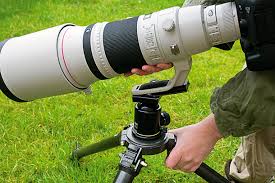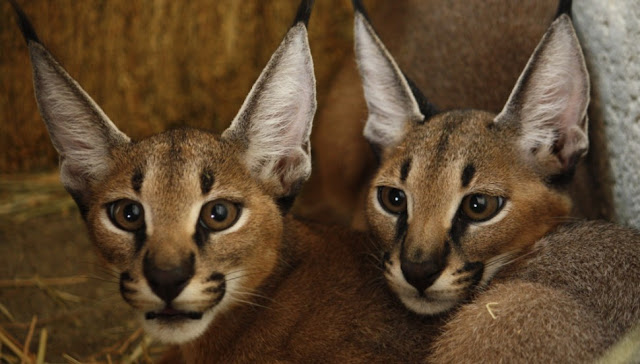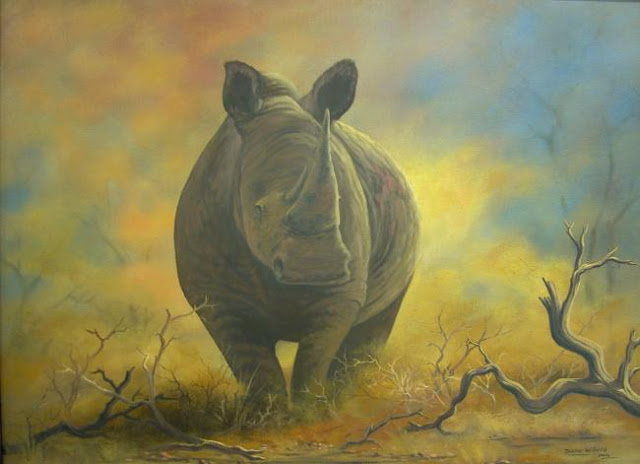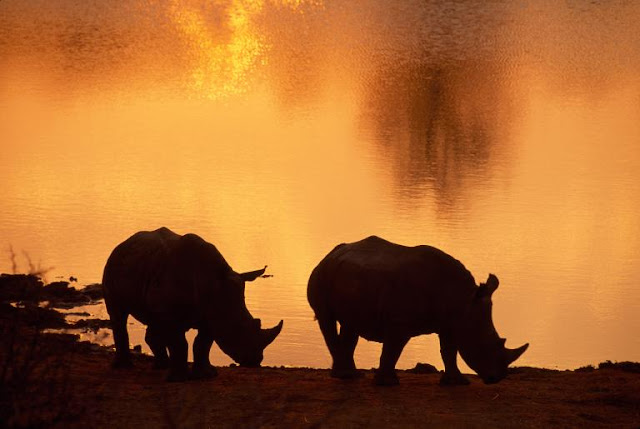Whenever we are out in the wild we try to capture every bit it. Most of the time we are happily clicking the animal to our surprise, he is missing in the photo, they are either hidden behind a rock or tree. Being out in the wild and not getting the right pictures can be frustrating, but you have to be patient and wait for the right movement. It takes a lot into perfecting the skills when in the outdoors and one has to be very sharp when it comes to using the photography equipment.
Saxen Van Coller, who has spent years doing wildlife photography still feels that it is a very challenging task, no matter how many years of experience one has. According to her when you are out in the wild you have been exposed to naked outdoors with just a camera. There is very little time to take pictures and so the earlier you get comfortable with the surroundings the better it is for you.
When we talk about a lens then there is none better than a telephoto lens. It is all that you need to get the best close up shots. It is also necessary to make sure the shutter speed is low so that you capture the moving animals with ease. No animal will walk near you so you will be needing a better quality lens. Keep a backup ready at all times, you never know when you will run out of battery or your lens won't work.
Another important aspect of wildlife photography is to bring all the elements together. Take your time and be patient, this way you will love the results in the end. When you are out in the wild you need to explore the area and its surroundings to get that one glimpse. Try to adapt the area and respect the animal's habitat. Do not go too close to them and make strange noise or stop its activity. Never be a hindrance in their path, especially when they are hunting. Make sure you are as far as possible because you don't want aggravate their anger and cause trouble for yourself.
Saxen Van Coller suggests in case you enter a risky territory make sure you move slowly and with complete patience. Wildlife can be extremely gentle and you do not want to hinder that. It's better if you try to learn more about the area and behaviors of the wild animals to get the best shots.
Saxen Van Coller, who has spent years doing wildlife photography still feels that it is a very challenging task, no matter how many years of experience one has. According to her when you are out in the wild you have been exposed to naked outdoors with just a camera. There is very little time to take pictures and so the earlier you get comfortable with the surroundings the better it is for you.
When we talk about a lens then there is none better than a telephoto lens. It is all that you need to get the best close up shots. It is also necessary to make sure the shutter speed is low so that you capture the moving animals with ease. No animal will walk near you so you will be needing a better quality lens. Keep a backup ready at all times, you never know when you will run out of battery or your lens won't work.
Another important aspect of wildlife photography is to bring all the elements together. Take your time and be patient, this way you will love the results in the end. When you are out in the wild you need to explore the area and its surroundings to get that one glimpse. Try to adapt the area and respect the animal's habitat. Do not go too close to them and make strange noise or stop its activity. Never be a hindrance in their path, especially when they are hunting. Make sure you are as far as possible because you don't want aggravate their anger and cause trouble for yourself.
Saxen Van Coller suggests in case you enter a risky territory make sure you move slowly and with complete patience. Wildlife can be extremely gentle and you do not want to hinder that. It's better if you try to learn more about the area and behaviors of the wild animals to get the best shots.






